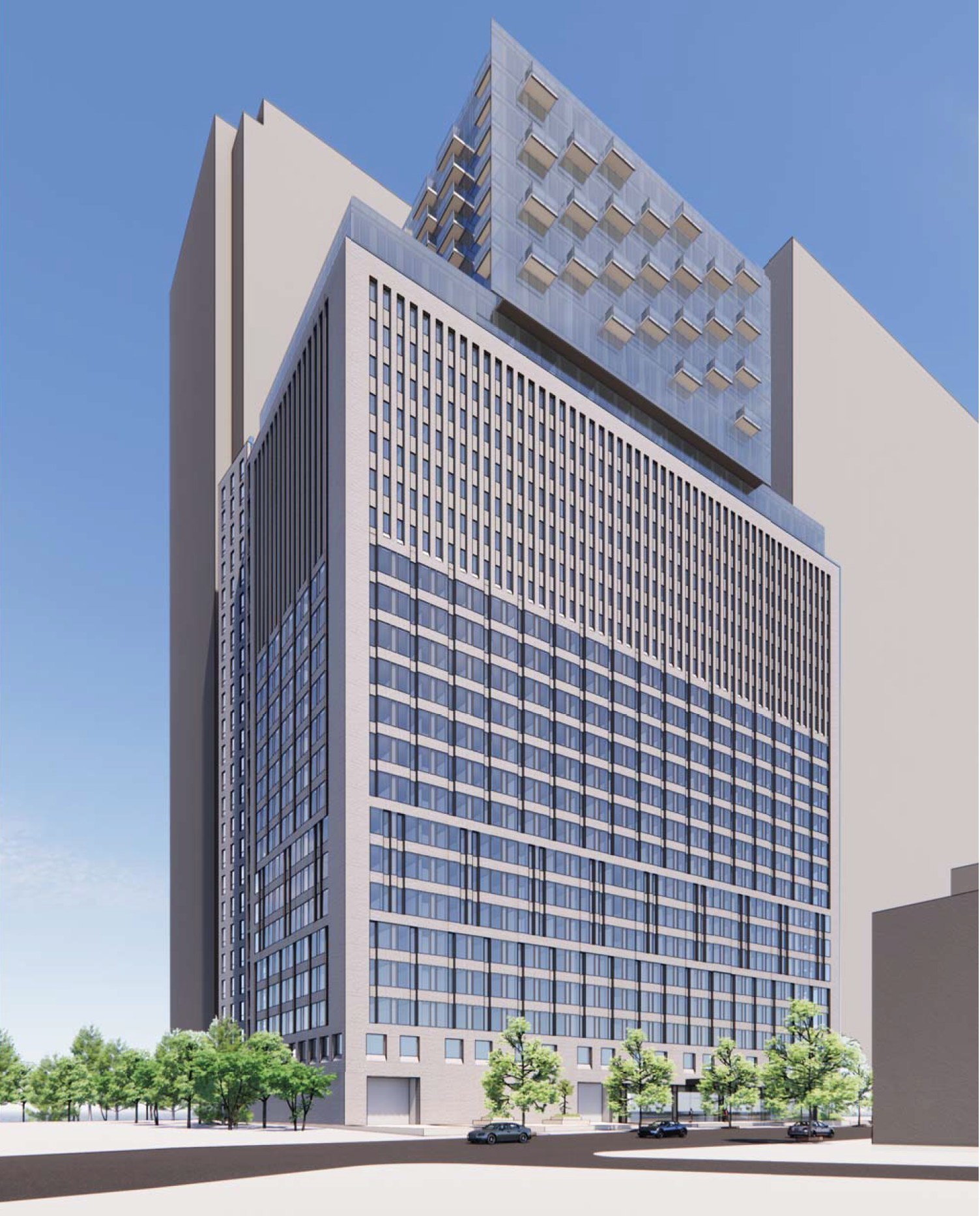Many of the concepts discussed immediately above resonate. I really feel that housing issues in/around Boston when it comes to home buyers who are raising a family are best thought of as a system with
all of supply, cultural, psychological, and educational factors, and which will not be solved by addressing only one alone.
1) Supply. As those above have pointed out, it's not just about total units, it's about breakdown of types of units. But, non-intuitively, supporting family housing in urban locations is as much about offering micro- and SRO units as it is about offering larger and better-configured units? - Why? Because in a supply-constrained market, increasing supply of different types of units take pressure off other types of units. I know many young professionals, not yet at the point of starting a family, whose main goal with a housing purchase is to build equity / avoid renting. There are many well-paid young people in/around Boston - they don't need a 1- or 2-bdrm, but with choices so constrained, they stretch themselves more than they ideally would like to (though just within the realm of what they can afford) to purchase what is in fact available. They
would have bought an SRO or small studio if they could, but they are far too scarcely available. But every time someone who doesn't ideally want a certain type of housing joins the demand pool for that type of housing, it artificially raises the demand and the the selling prices. This shifts upward price pressure up the chain. Meanwhile, there is a dearth of "family configured" units as
@Justbuildit states. But I agree with
@jklo that it's not just about bedroom count nor do many people really want/need 4bdrms. People want space for the kids and space for inlaws to stay so they can watch the kids on occasion. This means at least a 2.5 bdrm where an extra room or study can be an office 90% of the time and has a pull-out couch for grandma/grandpa the rest of the time. Only 2 bdrms is too small for many, because that means grandma/grandpa don't get privacy; they are sleeping in the living room - which then means grandma/grandpa visit less and watch the kids less. Party foul. But the kids themselves can bunk if there's more than 1. So 2.5 or 3-bdrms it is (or some architecturally ingenious way of temporarily instating privacy for the grandma/grandpa visit).
2) Cultural. Exactly as has been stated above, people have it engrained that "they way we live" is the way they were brought up. Families fled to the suburbs for many, many years post-WWII due to new cultural forces that came from the very top (i.e., Eisenhower's America). What's going on now is about envisioning replicating one's own childhood for one's children, including how holidays were hosted, how we do recreational stuff as a family, etc. Deeply engrained norms. There would need to be some powerful cultural forces coming from places of substantial influence to undo much of this.
3) Psychological. No fault of anyones, but we humans are hardwired to seek validation. In particular, and subconciously, we savor validation from our parents and immediate family. But it's vicious two-way cycle. Even if we don't view ourselves as egotistical, we can't help but want to show we've "made it." The house in the suburbs with the driveway and backyard is the definition of "I am successful" for so many family-home-buyers at this point in time. Yet it is a two-way cycle because nothing validates things more for a parent than to see their child aspire to be like them and replicate (and ideally improve slightly upon) one's own choices - Boomer-age parents crave reassurance that they made the right choice too by wanting to see that choice replicated. One withholds validation, even if subconsciously and subtly, if one's kid seems to shun one's own pathway. Again this is deep complicated stuff. I remember my own dad lambasting my choice to buy a tiny one-bedroom many years ago ("you're going to have buyer's remorse because that place is way too small. It's a rip off. You get no value for your money in the city"). Yeah, well, it turned out to be an incredible financial investment and I didn't regret the size at all; in fact, I am confident my life (at that point in time) would have been way harder with too much house to take care of.
The school system thing compounds all of above and is vexing. But absolutely needs to be part of the conversation.
Lastly, the cultural and psychological considerations above are obviously generalizations that don't apply to everyone. There are plenty of young couples starting a family who want to stay in the city but can't due to the supply/configuration issues. But all this stuff is mixed together at the population level.



